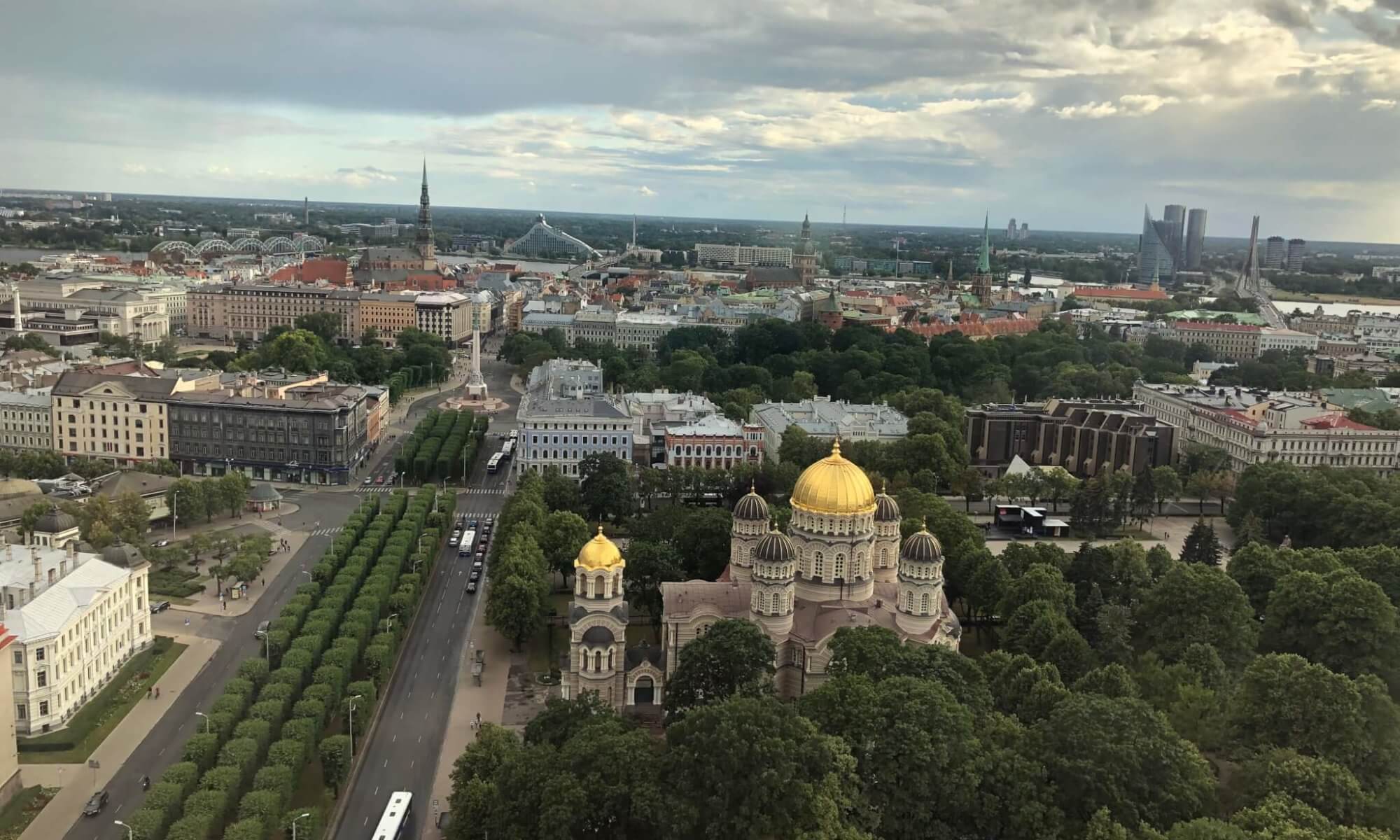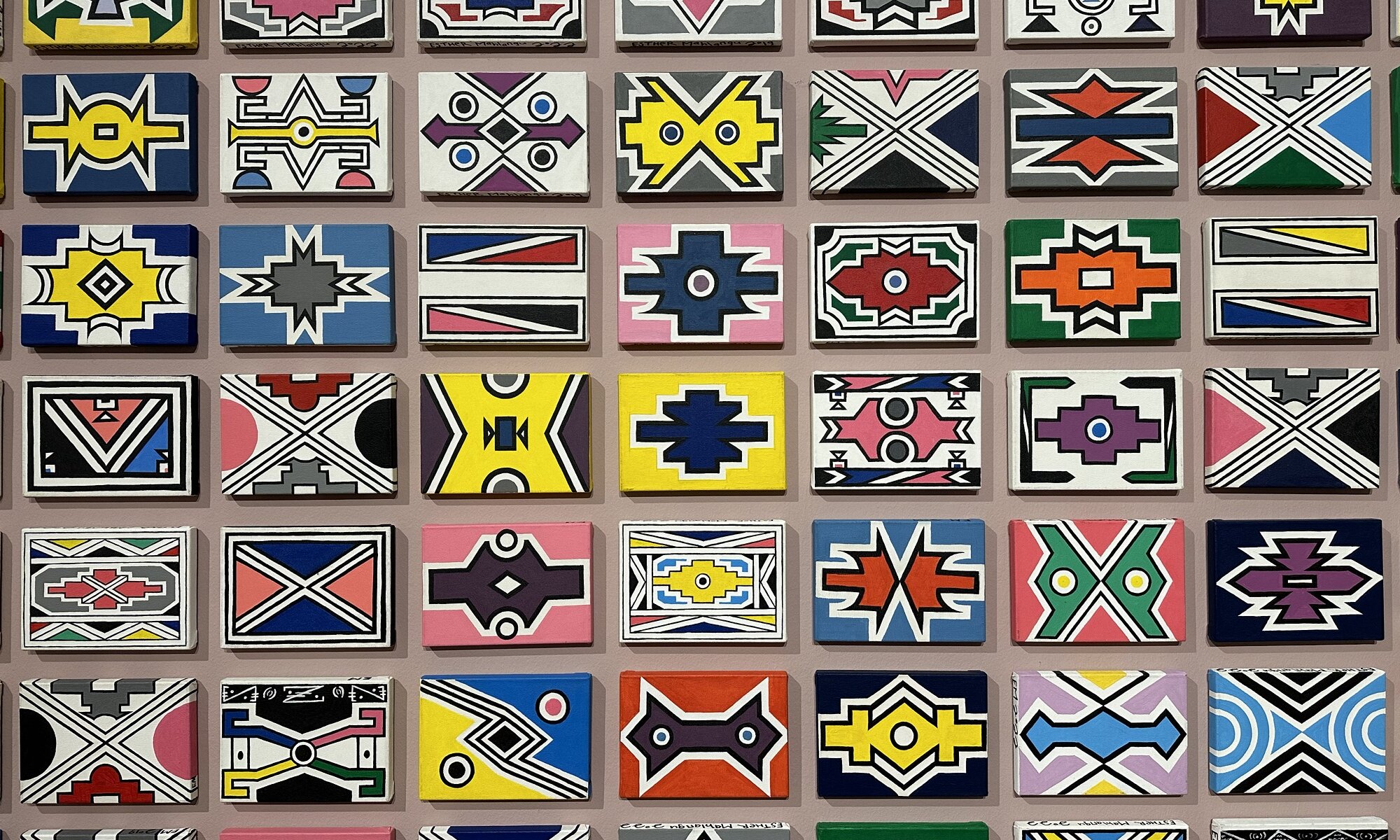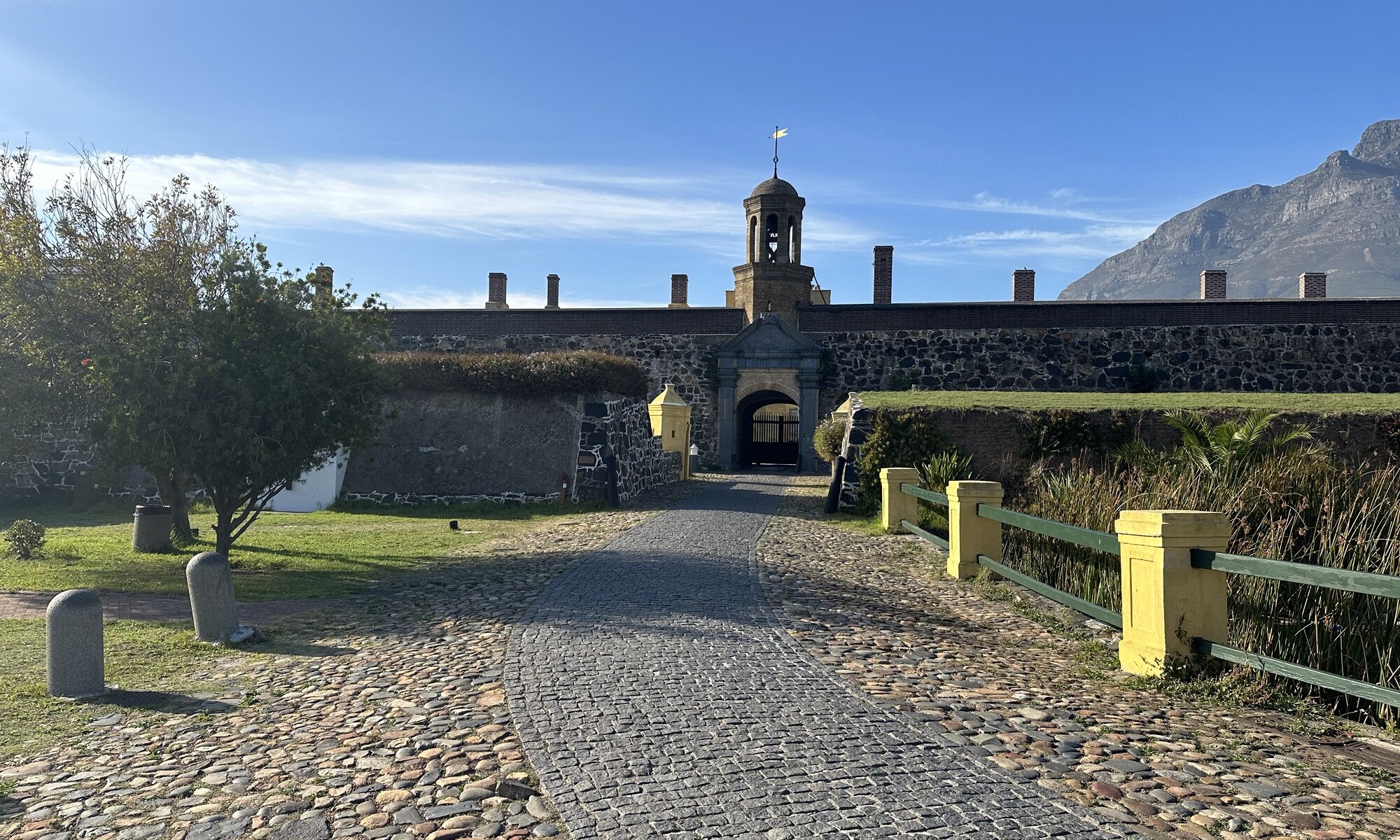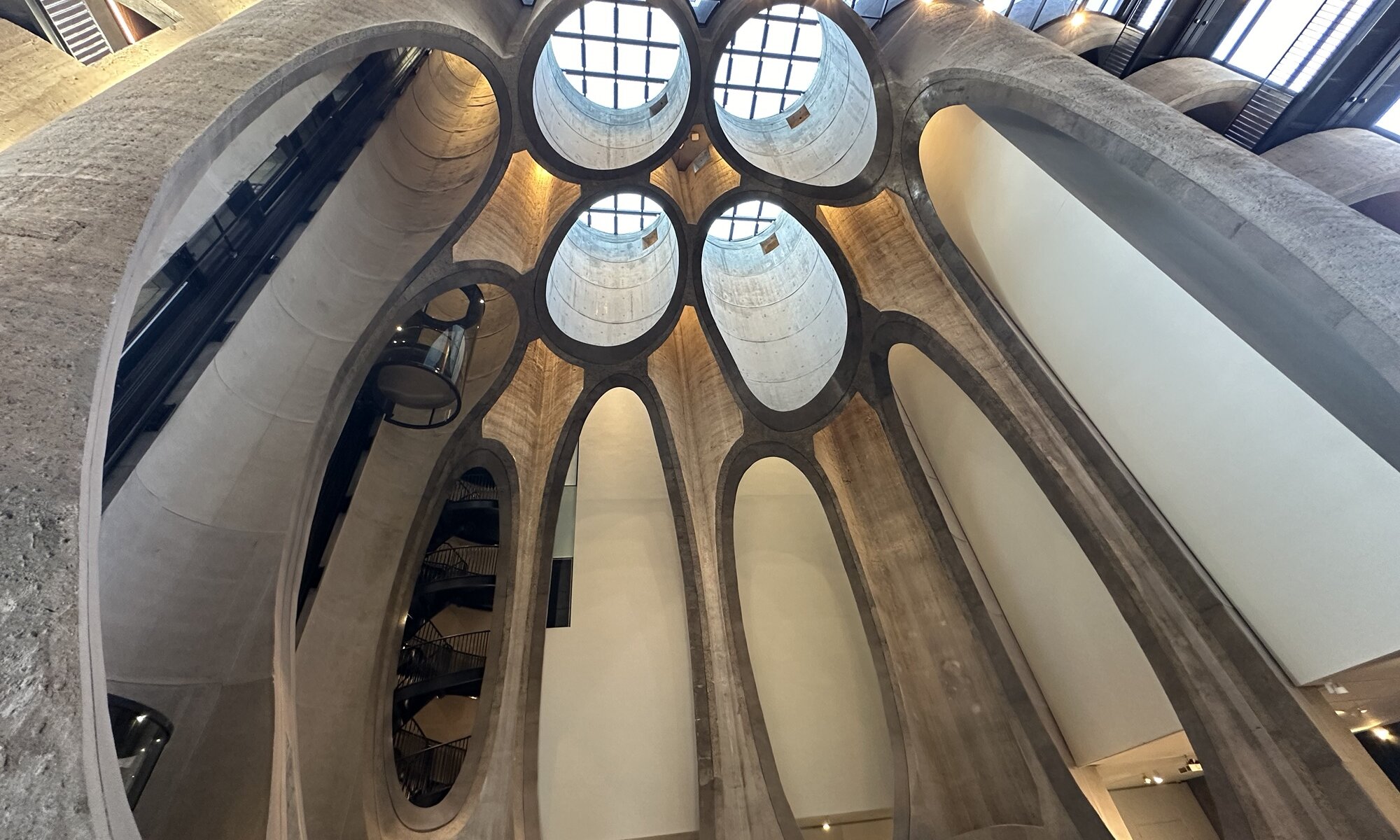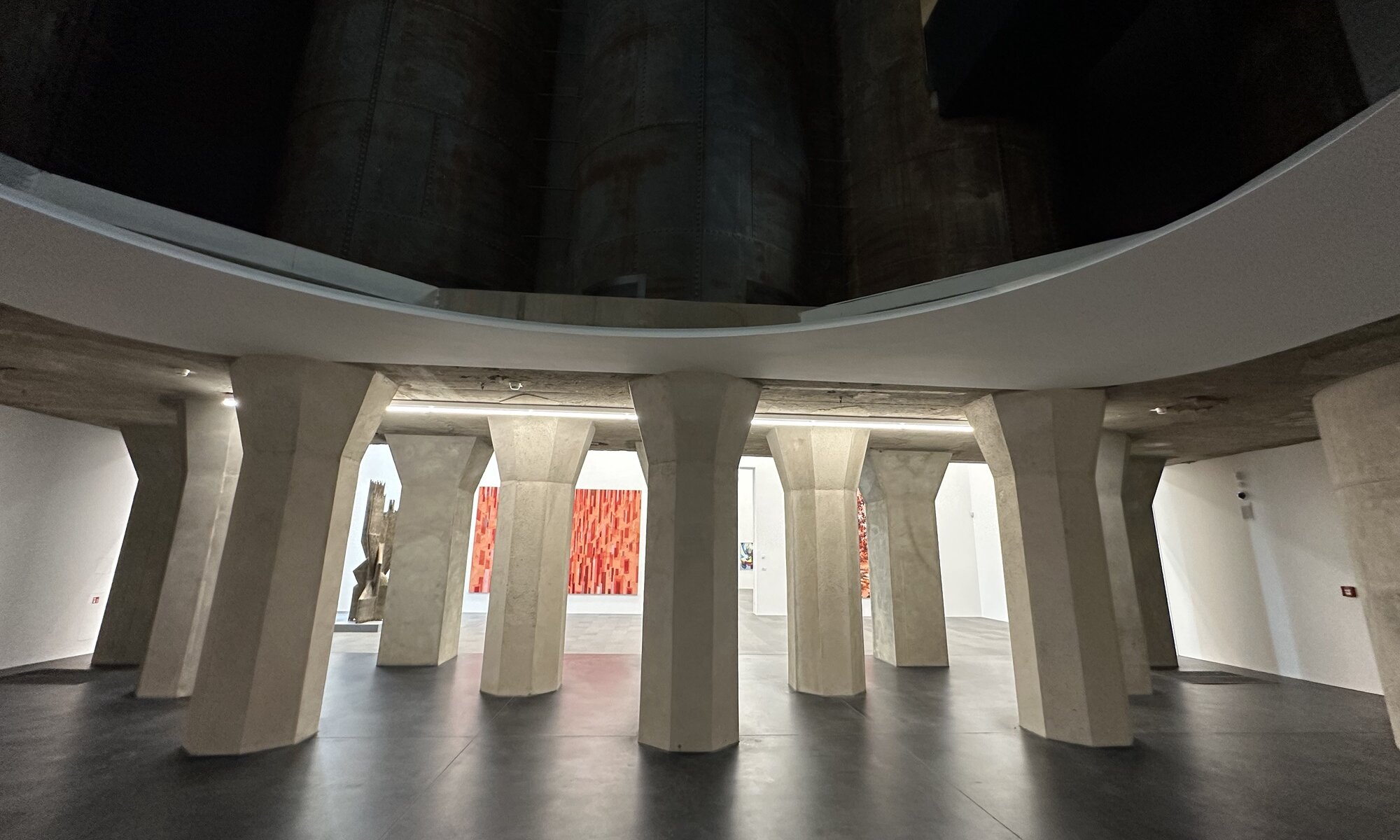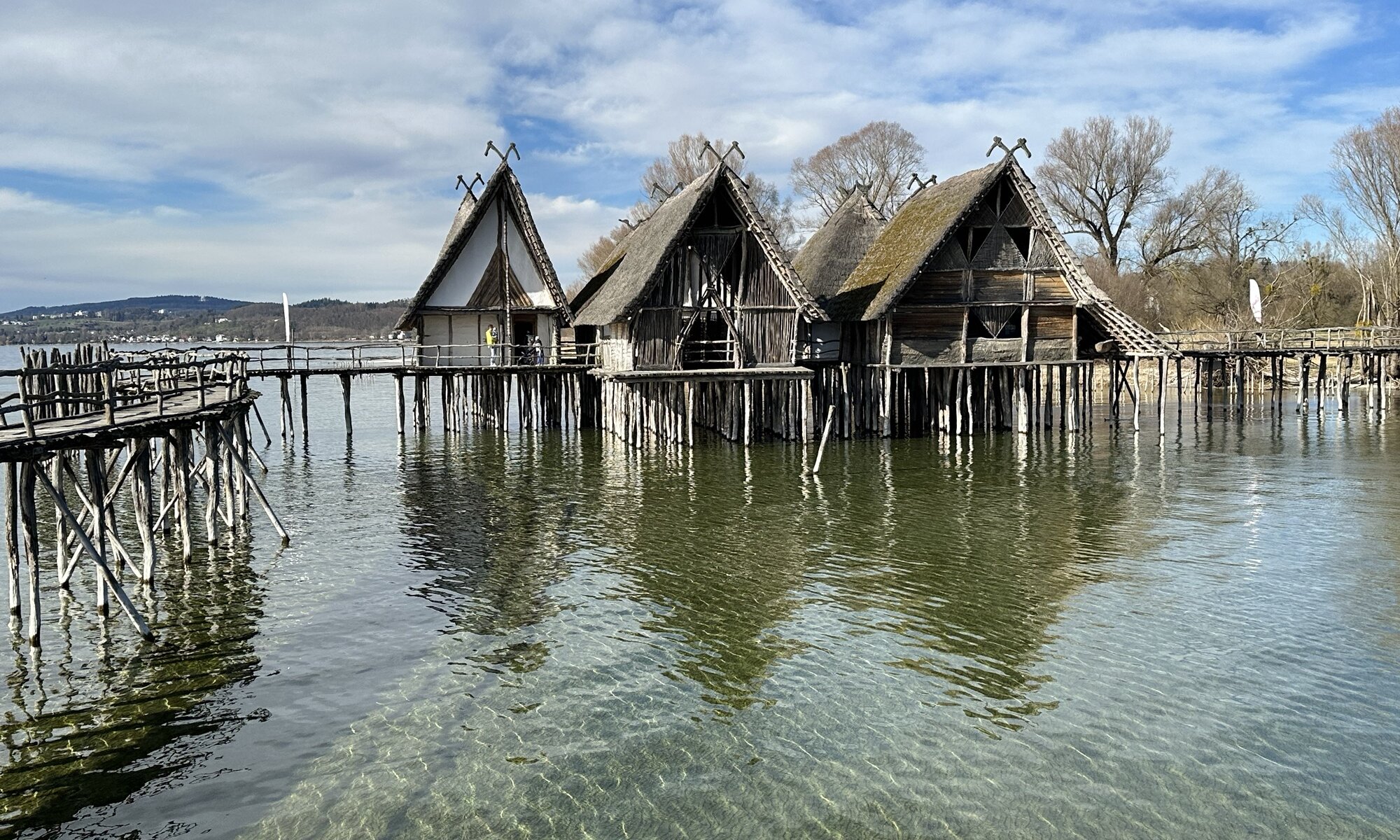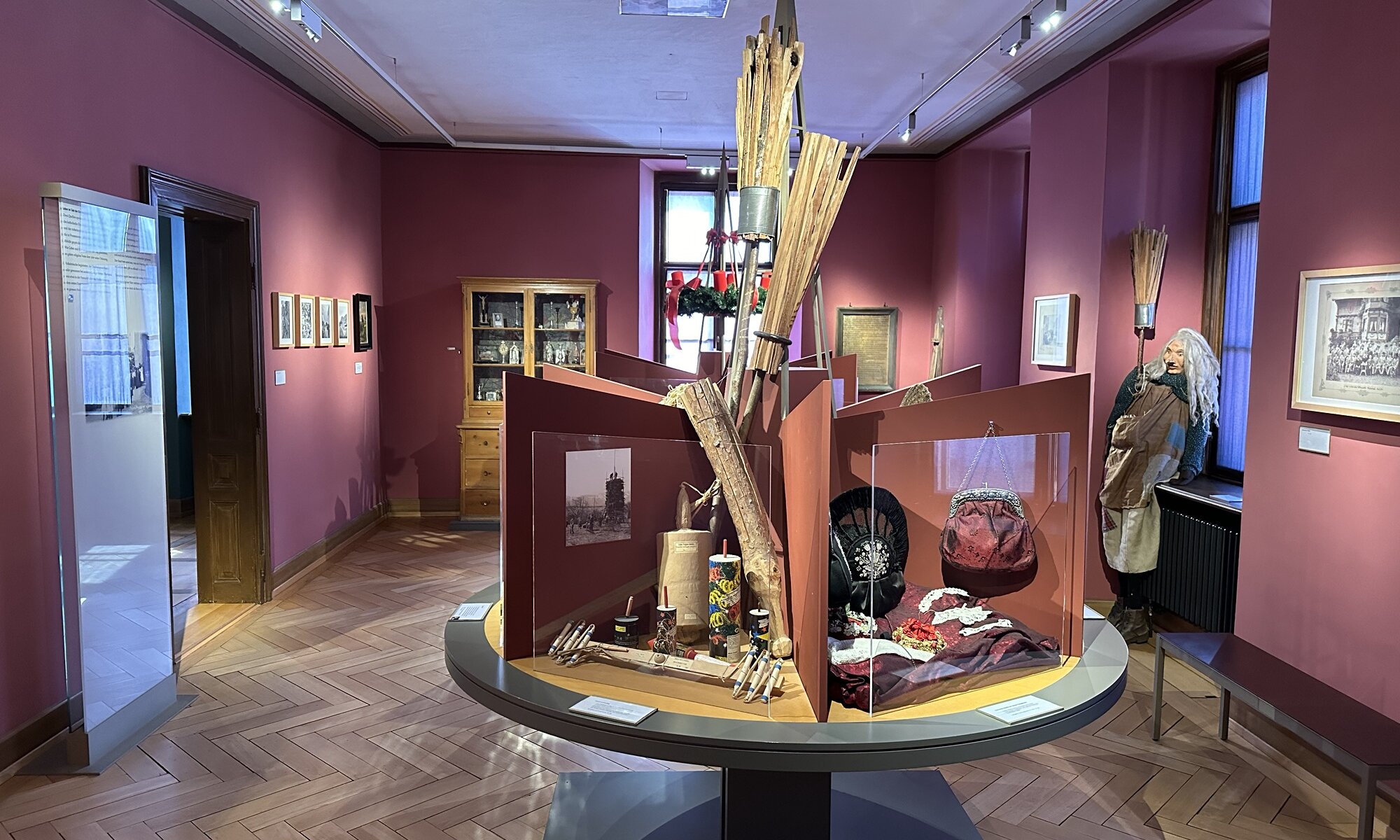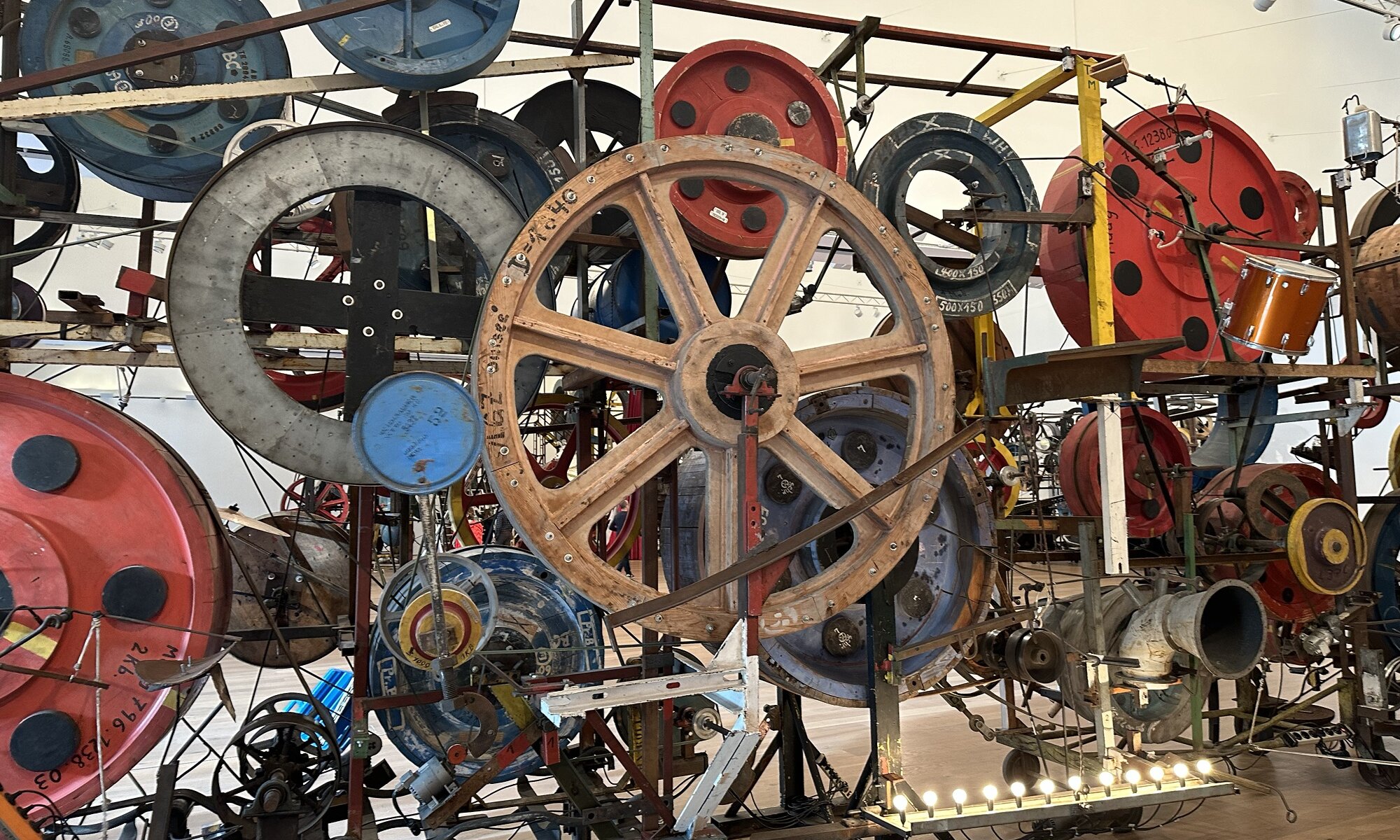Walking through the Company’s Garden at Cape Town you’ll discover the South African National Gallery at its southwestern end. It is an art museum that was founded in 1871 and that exhibits African and European art. The collection started with works donated by Sir Thomas Butterworth Bayleys and was extended with European artists over time. Thereby this was a special place showing foreign art and the curators are aware about the effects of colonialism on their collection. Since 1990 the focus is to add South African artworks and especially paintings by black artists to the collection.
Continue reading “South African National Gallery”District 6
District 6, once a vibrant and diverse neighborhood in Cape Town, holds a poignant place in South Africa’s history. Prior to the 1960s, District 6 was home to a thriving, multicultural community of Black, Coloured, and Indian South Africans, with a rich cultural and social fabric. However, under the Group Areas Act of 1950, which enforced racial segregation during the Apartheid era, the government forcibly removed over 60,000 residents from the area, bulldozing their homes to make way for a whites-only residential zone.
Continue reading “District 6”Kasteel die Goeie Hoop
The Castle of Good Hope, located in the heart of Cape Town, is the oldest surviving colonial building in South Africa and one of the city’s most significant historical landmarks. Built between 1666 and 1679 by the Dutch East India Company, the castle was initially constructed as a defensive fort to protect the Cape Colony from potential attacks by sea. Its star-shaped design, featuring thick stone walls, bastions, and a moat, reflects the military architecture of the time. Over the centuries, the castle has served various roles, including as a military garrison, prison, and governmental headquarters.
Continue reading “Kasteel die Goeie Hoop”MOCAA
Are you in for some art? The Zeitz Museum of Contemporary Art Africa (MOCAA), located in Cape Town at the historic V&A Waterfront, is one of Africa’s premier art institutions dedicated to showcasing contemporary African art. Housed in a transformed grain silo complex, the museum features a stunning architectural design by Thomas Heatherwick, blending modern aesthetics with the building’s industrial heritage. MOCAA boasts an extensive collection of works by some of the continent’s leading artists, encompassing a variety of mediums, including painting, sculpture, photography, video, and installation art.
Continue reading “MOCAA”Küppersmühle
North of the city center of Duisburg you can discover the Innenhafen, an inland port connected to river Rhein which is today surrounded by modern residential homes and office buildings. Part of the harbor is also the Küppersmühle, a former mill that dates back to the year 1860 and which was active until the year 1972. Since 1999 it houses the MKM Museum Küppersmühle für Moderne Kunst, a beautiful museum of modern art that utilizes the former structures of the mill building very well.
Continue reading “Küppersmühle”Lehmbruck
A massive art museum made of the concrete and glass, located in the Immanuel-Kant-Park close to the main railway station of Duisburg – that could be the shortest description of the Lehmbruck-Museum. It is named after and dedicated to the sculptor Wilhelm Lehmbruck born in 1881 at Meiderich near Duisburg. His works were mostly focused on the human body and that is what you get to see most at the Lehmbruck-Museum: faces and bodies.
Continue reading “Lehmbruck”Pfahlbauten
Once you reach the Pfahlbaumuseum at Unteruhldingen you will be astonished: within the Lake Constance and at its shore there are more than twenty different houses standing on wooden poles. You can walk on elevated paths and platforms around them, get inside and experience how life in this region was more than 6,000 years ago. Of course these buildings are all reconstructions, but they’re based on archaelogical work. The water preserved the timber, the construction dates can be read from the wood and the findings from the ground of the lake are on display at the museum.
Continue reading “Pfahlbauten”Landesmuseum
Liechtenstein is a very special small country which is rather conservative and trying to preserve its traditions. At the end of the 19th century prince Johann II started a collection of archaeological findings from Liechtenstein and cultural heritage of the country. Today you can learn a lot about local life, rituals, religion and government of the country at a museum building in the pedestrian zone of Vaduz.
Continue reading “Landesmuseum”Broken glass
In 1967 the country of Liechtenstein received a donation of ten contemporary artworks which became the starting point for a state-owned art collection. Nowadays you can find two connected buildings in the pedestrian zone of Vaduz, the Kunstmuseum Liechtenstein and the Hilti Art Foundation. These modern museums erected in 2000 and 2015 now contain a nice collection of modern and contemporary art.
Continue reading “Broken glass”Machinery
Jean Tinguely was a painter and sculptor from Switzerland. Most of his works can be easily recognized because they’re quite unusual: Tinguely often made sculptures looking like machines with moving parts and creating noise. A lot of them are exhibited in the Museum Tinguely at the shore of river Rhein at Basel. Inside the museum there are a lot of black buttons at the floor that you can push with your feet to activate Tinguelys inventions.
Continue reading “Machinery”